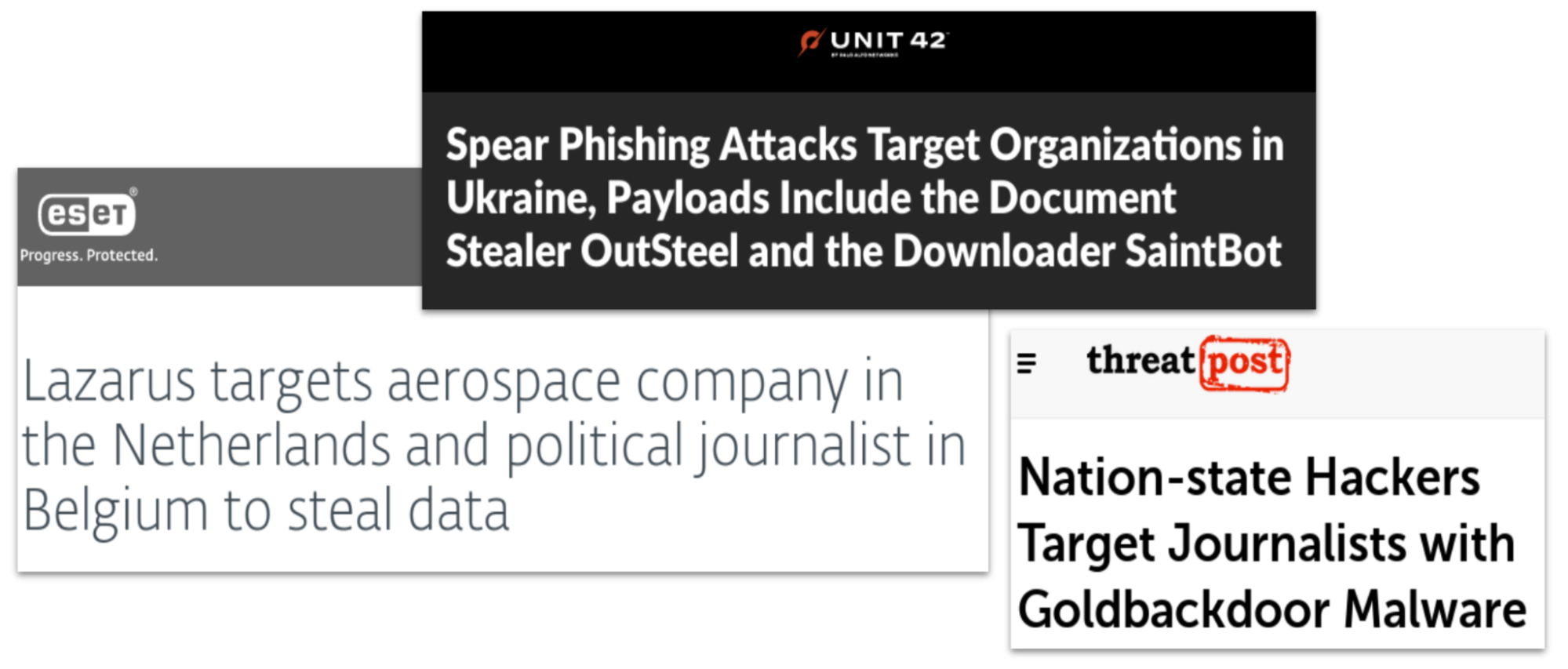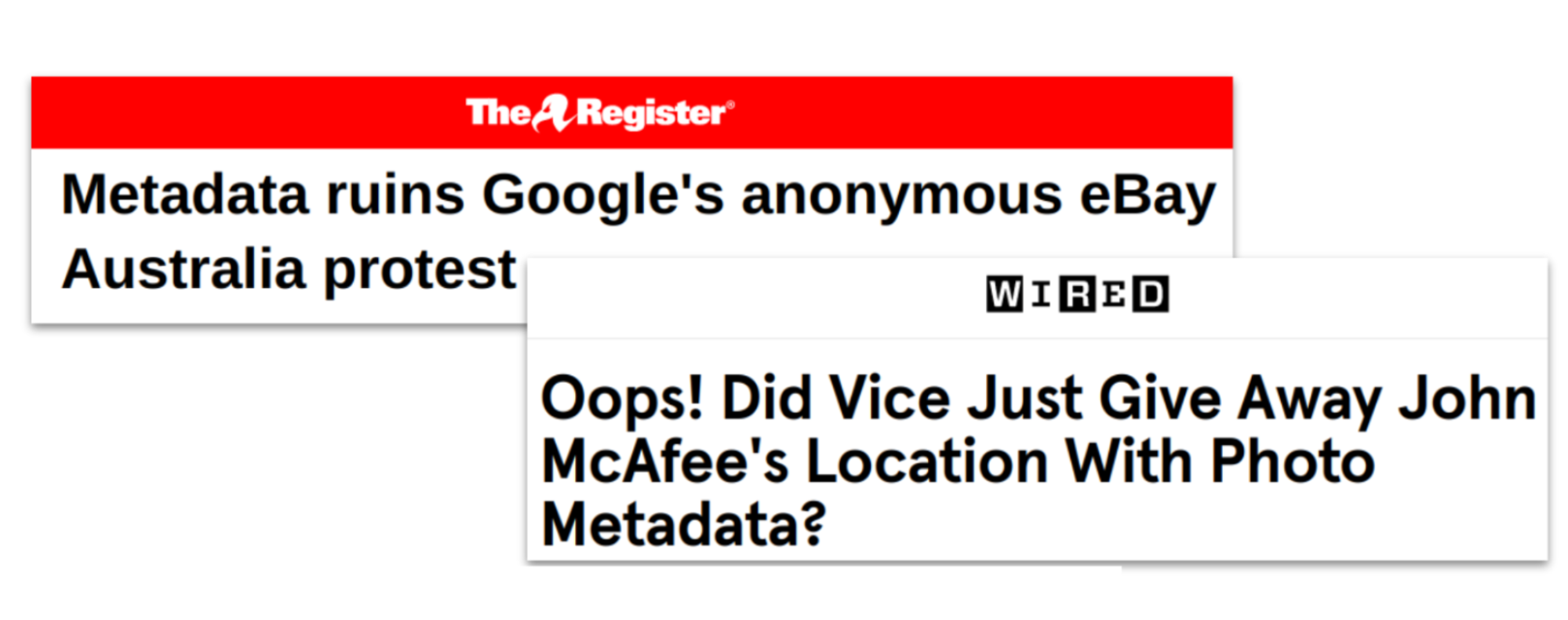Dangerzone for Journalists
As a journalist, it’s part of your job to open files from strangers.
But this comes with risks. These files may contain malware that takes over your computer.

Even dealing with files sent by legitimate sources can be dangerous.
An anonymous source might send you a file that contains metadata revealing their identity, such as a photo with GPS coordinates. If you publish that document, you may put them at risk.

Dangerzone is a desktop app that runs on your computer. It makes a “virtual photocopy” of the file — similar to printing it.
It works with Word documents, photos, spreadsheets, e-books, and other files people may send you.
This approach neutralizes malware, hidden trackers, and metadata all at once.
Dangerzone is open source and was independently audited in 2024. Freedom of the Press Foundation (FPF) maintains it as a free tool to protect journalists and newsrooms everywhere.
What does Dangerzone not do?
Dangerzone can’t tell you if a file is safe. It just creates a copy that is.
Just like printing a file, it doesn’t preserve formulas in a spreadsheet, or macros in a Word document.
It doesn’t neutralize visual information, like printer tracking dots, or steganography, which could contain identifying information. To protect your sources, consider these risk factors separately.
Why isn’t antivirus software enough?
Dangerzone doesn’t scan files for viruses — it converts them to safe PDFs.
Antivirus software can only protect you from known threats. But Dangerzone will even neutralize malware your antivirus software might not know about!
We wrote Dangerzone to do one thing and to do it well: A file from an unknown source goes in, a safe PDF comes out.
Because it’s simple and free, journalists can run it themselves on any file they need to look at.
That’s how we help you stay out of the dangerzone. Download Dangerzone to keep yourself, and your sources, safe.